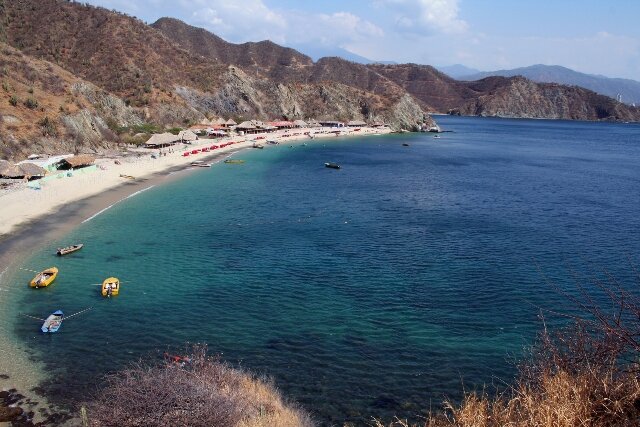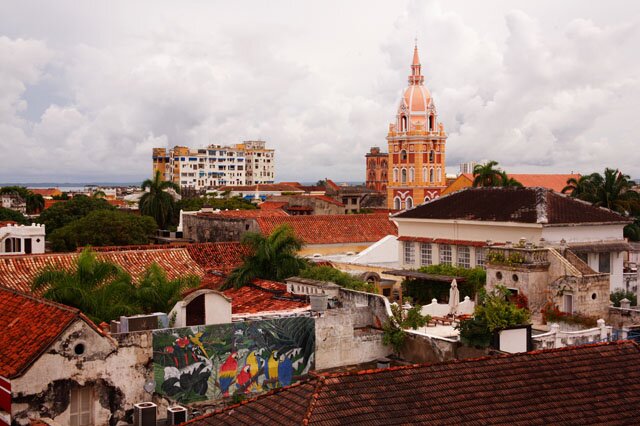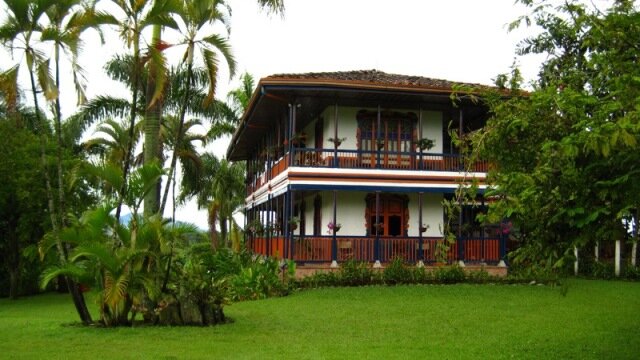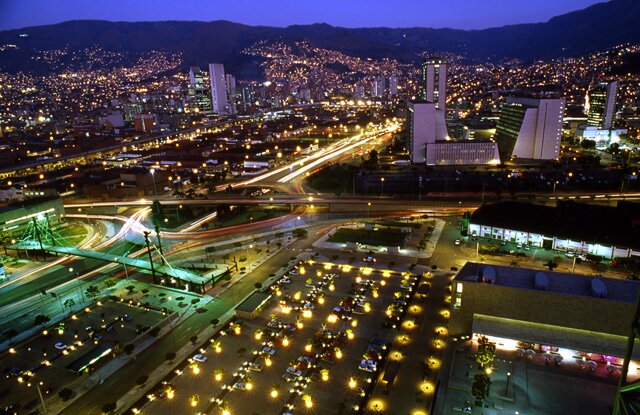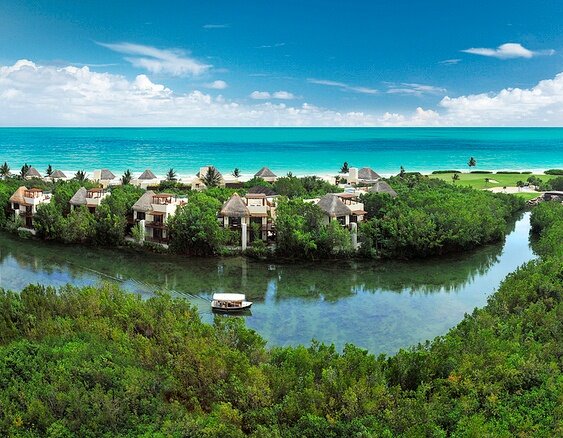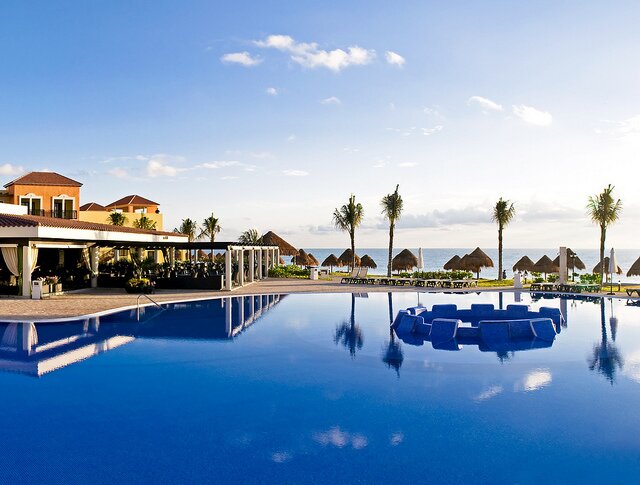Vea esta publicación en español.

For the very first time, the winner of our Making a Difference award is a car rental company!
Costa Rica's Mapache Rent A Car was founded in 1994 and has become a leading transportation company in the country. It has also been recognized for its pioneering efforts to conserve the environment by obtaining the Certification for Sustainable Tourism (CST) and Ecological Blue Flag recognition in the category of "Actions to Address Climate Change". In addition, Mapache is the only car rental company that's certified as 100% carbon neutral under the National Standards for Carbon Neutrality.
We talked to Jackeline López, Mapache's administrative and sustainability manager, to learn about their Earth-conscious efforts.
Question: When and why did Mapache Rent A Car decide to start becoming a sustainable business?
López: We started about 6 or 7 years ago, because we recognized the impact our business had on the environment.
Q: You obtained a very high rating (4 leaves) from the CST, and you are the first car rental company in Costa Rica to achieve the carbon neutrality seal. What are the main challenges you faced to achieve this and what were the most important improvements made?

López: We had to start working internally to raise the awareness of all our staff and on adapting our business practices to meet the requirements of these certifications. This required a major commitment, with tasks as detailed as taking traceable measurements of our carbon emissions and creating a management system.
Q: How many vehicles are in the Mapache fleet and how many emissions are being reduced under the carbon neutrality seal?
López: We have 400 modern vehicles with cutting-edge technology that receive proper maintenance for proper emissions control. Our goal is to reduce an average of 6.81 tons of carbon per year.
Q: What are some of your most outstanding sustainability initiatives?
López: Achieving carbon neutrality is one of the most outstanding, because offsetting carbon emissions also supports reforestation. We also partner with several NGOs to conserve forest and water resources. Finally, we support the protection of children and adolescents in Costa Rica; for example, we support a comprehensive care center for children facing domestic violence.
 Q: How do you involve your customers in these efforts?
Q: How do you involve your customers in these efforts?
López: By renting Mapache Rent A Car vehicles, our customers directly support all of our projects. In addition, by choosing to support our "Clean travel" program, they offset all of the emissions generated by the vehicle they have rented.
Q: How do you plan to continue improving the company's sustainability?
López: We'll keep measuring and analyzing our impact, increase our savings, and we hope to have fully 'smart' offices.






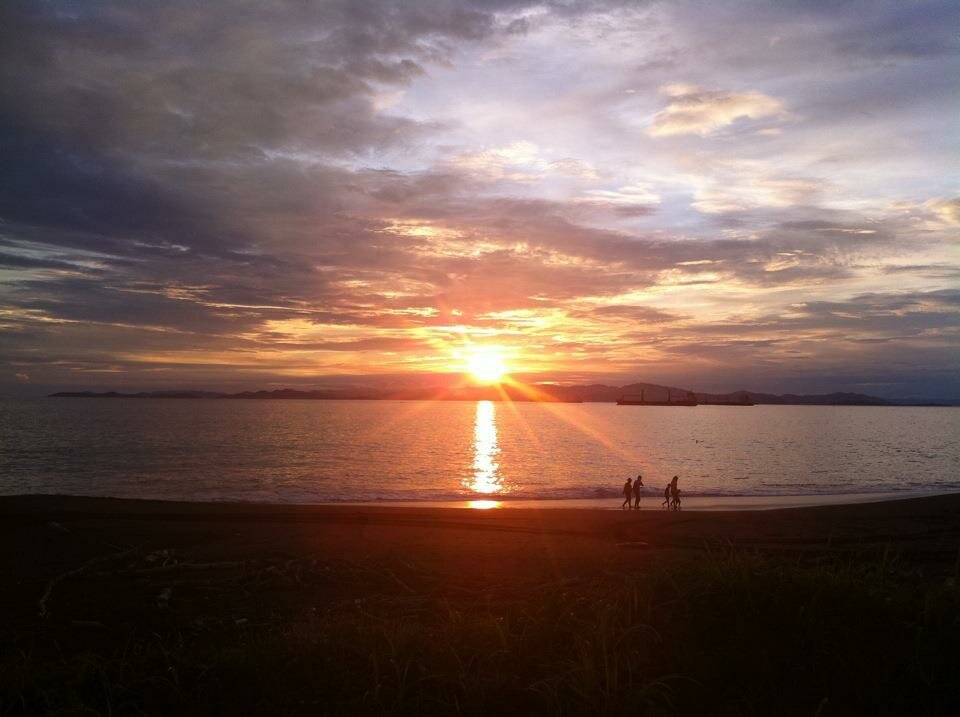

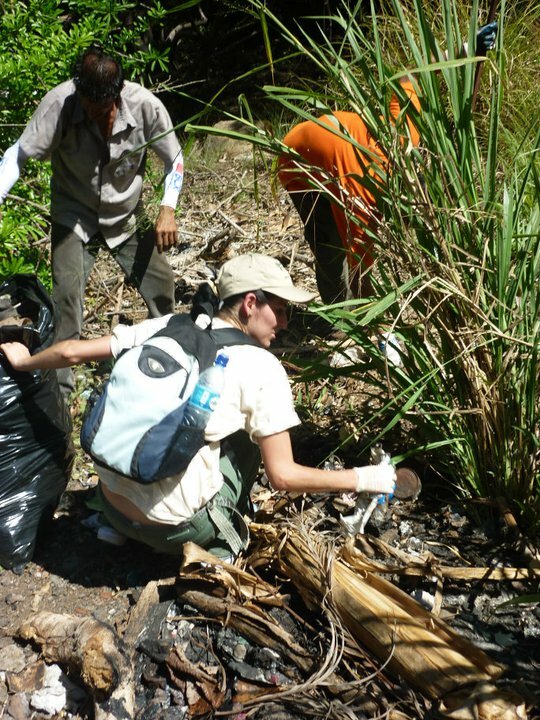
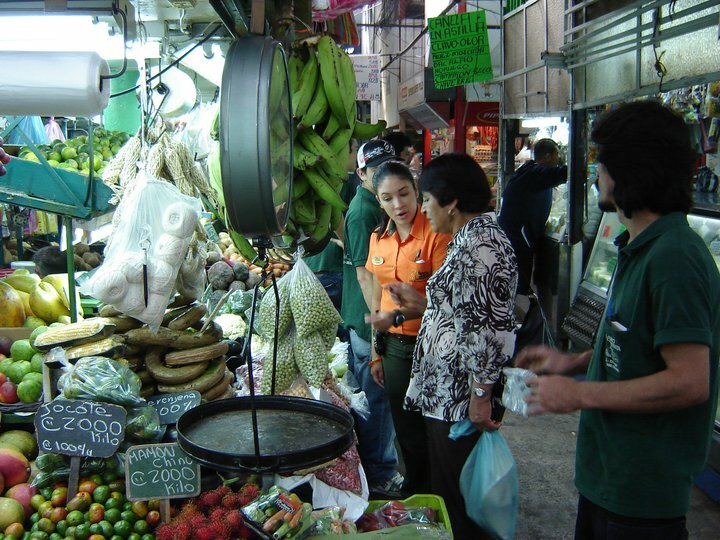
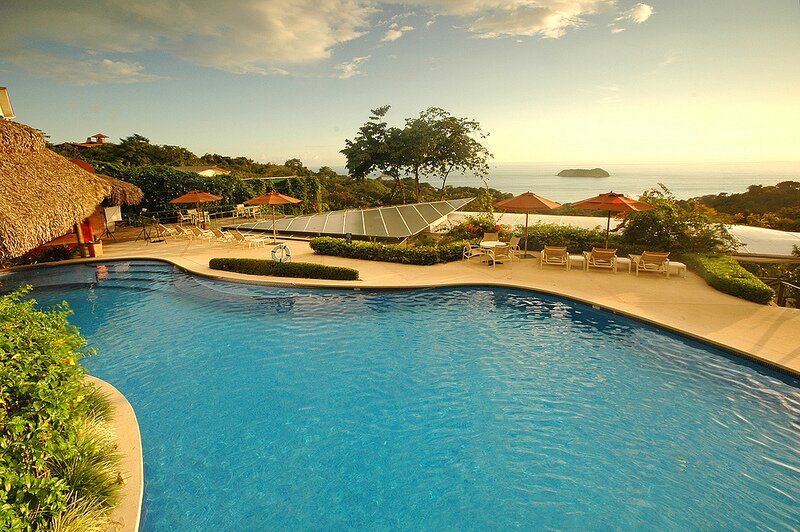
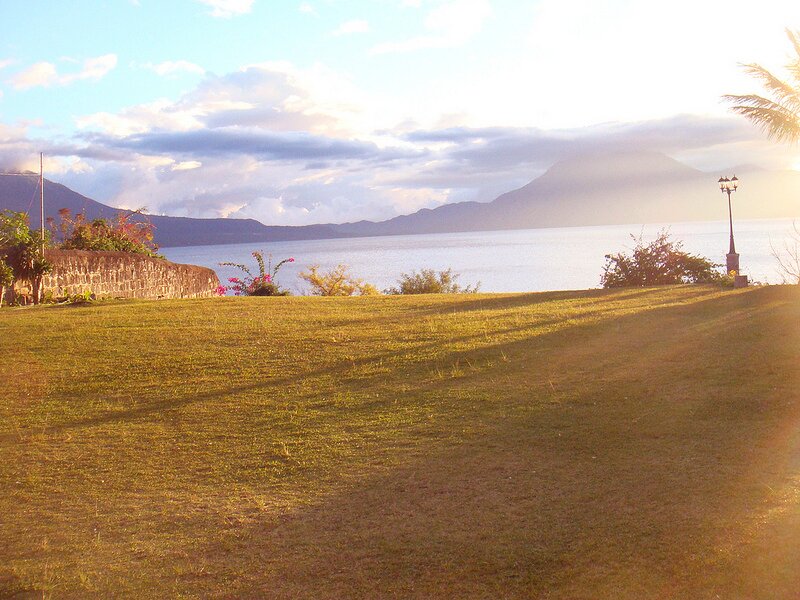
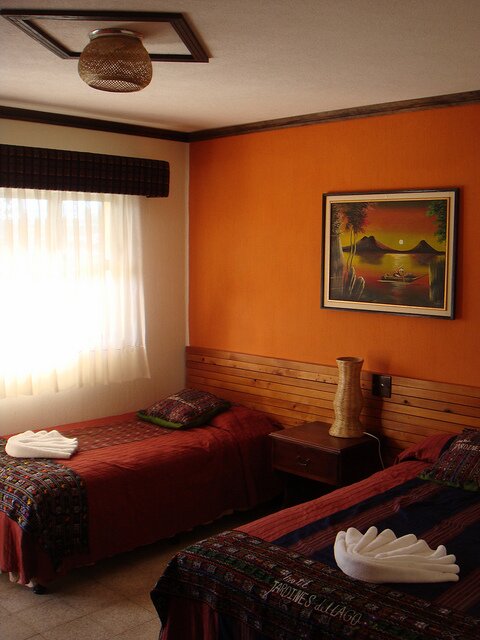
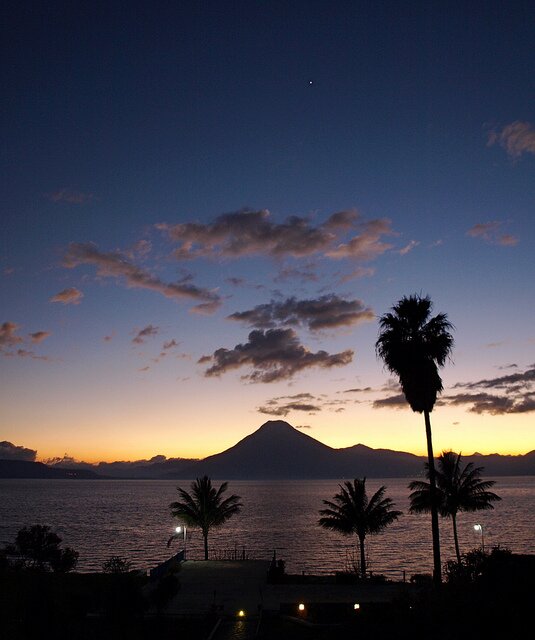

 The GSTC created the Global Sustainable Tourism Criteria, which are a set of widely used standards that hotels and tour operators must reach in order to be considered sustainable. More recently, in addition to targeting individual tourism businesses, the GSTC has turned their attention to creating a set of criteria that encompass destinations as a whole.
The GSTC created the Global Sustainable Tourism Criteria, which are a set of widely used standards that hotels and tour operators must reach in order to be considered sustainable. More recently, in addition to targeting individual tourism businesses, the GSTC has turned their attention to creating a set of criteria that encompass destinations as a whole. Last year, the GSTC released a set of draft criteria for sustainable destinations based on input from experts around the globe. All interested persons and organizations were able to comment and suggest improvements during the public consultation phase, which ended last month.
Last year, the GSTC released a set of draft criteria for sustainable destinations based on input from experts around the globe. All interested persons and organizations were able to comment and suggest improvements during the public consultation phase, which ended last month.



